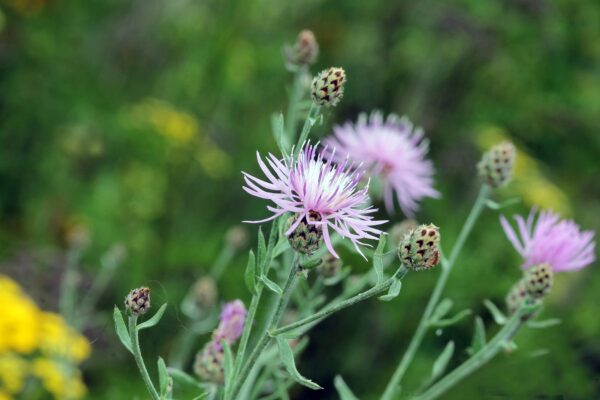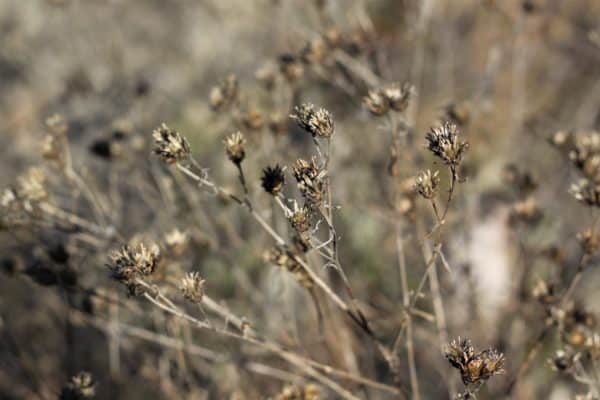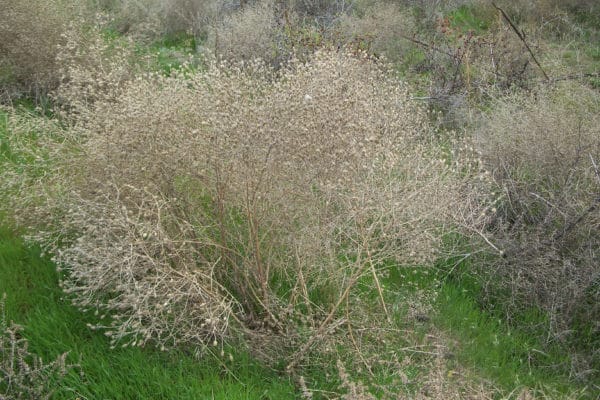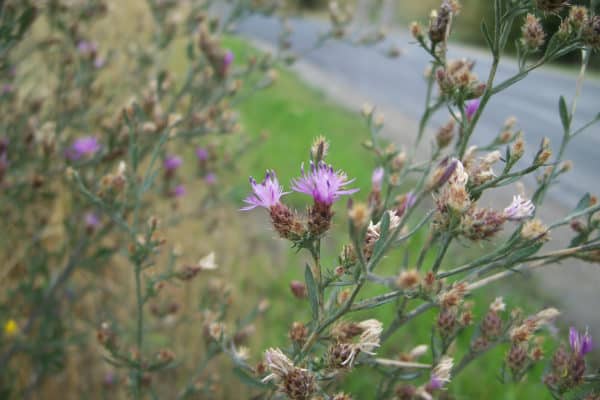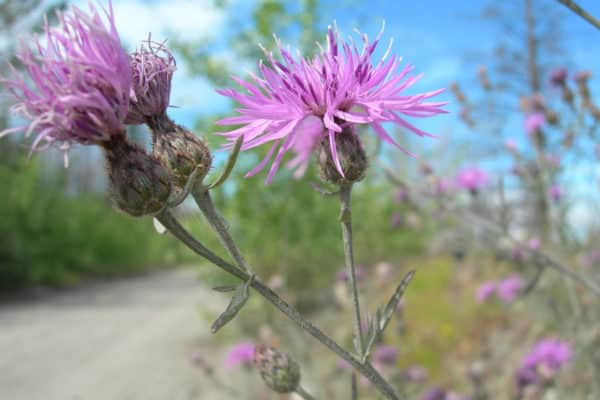Spotted knapweed
Warning
Contact with Spotted knapweed can cause skin irritation. Hands and exposed skin should be washed with soap and water following contact with this plant.
About This Species
Spotted knapweed (Panicled knapweed) is a prolific seed producer, with individual plants producing up to 140,000 seeds per m2. This plant was unintentionally introduced from Europe and Asia. Seeds and plant fragments make their way into hay and the undercarriages of vehicles, allowing for new infestations over great distances. Both knapweeds spread by wind, livestock, and people, preferring open areas and well-drained soils where they establish in grasslands, open forests, and along roadsides. Spotted and Diffuse knapweed are able to spread over large areas because of a secret weapon — an ability to release a chemical that kills surrounding plants. They choke out desirable forage for livestock and wildlife and increase soil erosion. Spotted knapweed is designated as a Provincial Noxious Weed by the BC Weed Control Act, as well as a Regional Containment/Control species by the BC Provincial Priority Invasive Species List.
How to Identify
Spotted knapweed is a biennial plant that can grow 60-150 cm tall with several branched stems growing vertically from a thick taproot.
Flowers are purple, sometimes white, found individually (not in clusters), at the ends of branches. Black-tipped flower head bracts (leaf-like petals) give plants a spotted appearance.
Leaves are grey-green, deeply lobed with alternate arrangement. They become smaller as they advance up the stem.
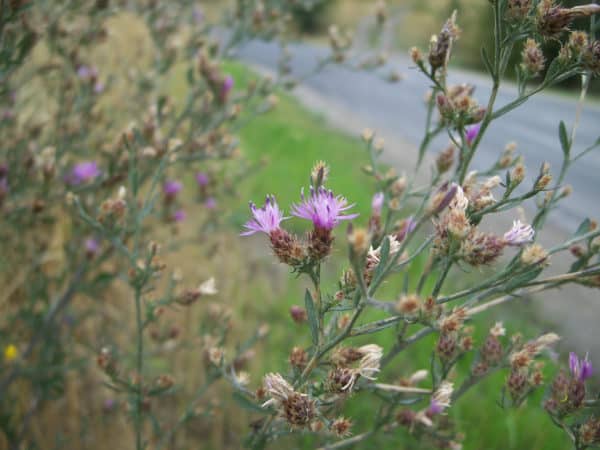
Take Action
Prevention is the best approach.
- Knapweeds Factsheet PDF
-
If you need advice about invasive species on your property or you are concerned about reported invasives in your local area, contact your local government or regional invasive species organization.

PlayCleanGo
Learn about best practices

Plantwise
Learn about best practices
Spotted knapweed is a PlantWise "Alert" species - Gardeners should avoid purchasing or planting.
REPORT TO PROTECT BC’S BIODIVERSITY

Use the app
Observe and report to protect BC’s biodiversity

Report through this website
Use our form to tell us what you’re seeing and where.



